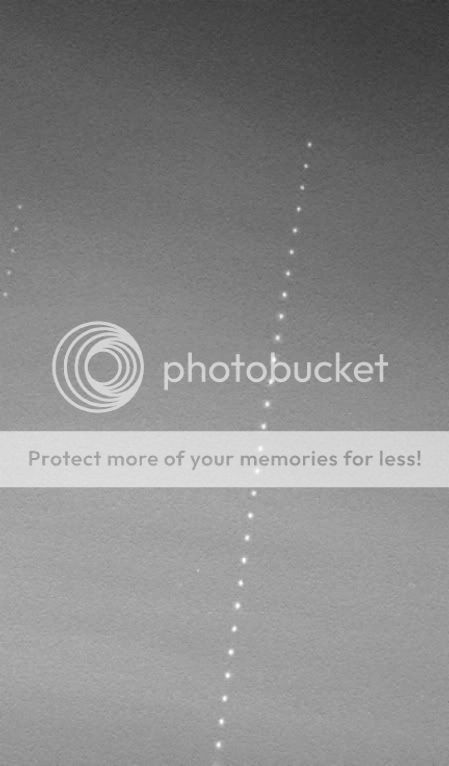Thought what I would do is put some Earth as seen from elsewhere in the solar system from various spacecraft, but not from the Moon.
The recent Mercury bound MESSENGER Earth & Moon image has generated an awful lot of interest on the web & I thought I would put some great Earth from elsewhere images in one place. All are clickable thumbnails, except the Cassini one.
Rather than start a new thread, thought I would use this one as is related.
Earth & Moon as seen from the Mercury bound MESSENGER spacecraft on: Thursday 6th May 2010 from 183 million KM in front of the stars of Libra. MESSENGER was at perihelion approx 46 million KM from the Sun, but shows how Earth & Moon would roughly appear from Mercury at times.

Earth & Moon as seen from Saturn orbit by the Cassini Spacecraft on: Saturday 16th September 2006.
Earth as morning star one hour before sunrise from Gusev Crater on Mars Sol 63 MER A Spirit. Annotated & unannotated.


Jupiter & Earth rising as morning stars on Mars from MER B Opportunity. Earth is the bright one in the middle.

Earth in colour in as Evening star on Mars Sol 512 MER B Opportunity.

Perhaps the most famous. Earth as a Pale Blue Dot as seen from Voyager 1 on Wednesday 14th February 1990. Earth was just a shade over 6 Billion KM or almost 3.7 billion miles away, against the stars of Eridanus near the border with Lepus, from Voyager 1's viewpoint.


Here the Solar System portrait from Voyager 1 at the same time as the above observations. The Sun was in northern Eridanus with Lepus immediately to the left & Orion to the upper left above Lepus (to give a sense of viewpoint).

Mercury, Mars & KBO 134340 Pluto were also included but Mercury was lost in the Sun's glare, Mars could not be identified as being rather faint & KBO 134340 Pluto just too small & faint.
Andrew Brown.






















